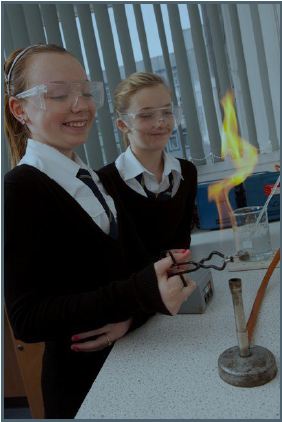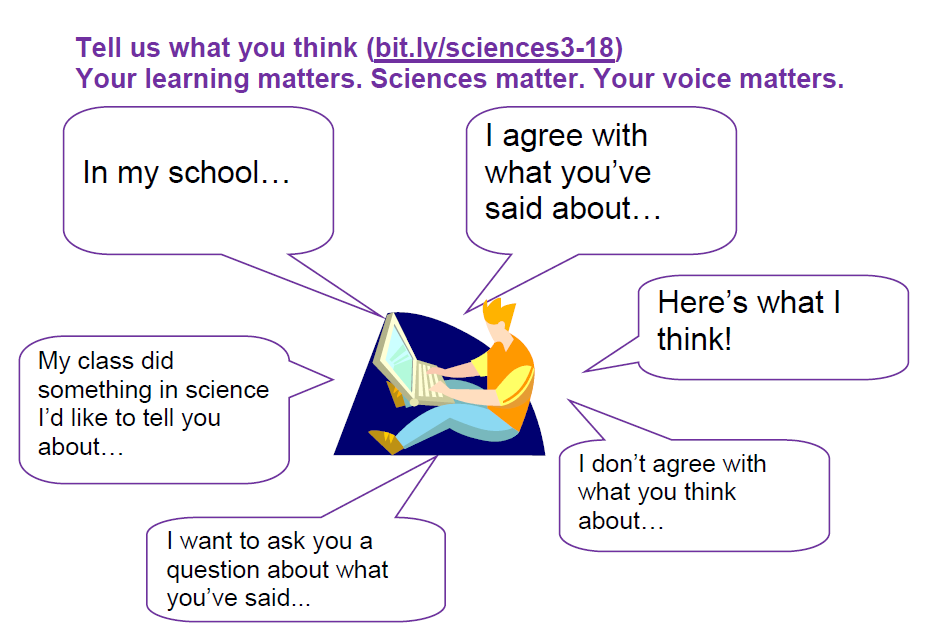Within the report, the Concept Development in the sciences (2009) paper was highlighted in a number of sections:
“too many teachers across all sectors are unaware of the Sciences: Concept development in the sciences (2009) paper which should be used in tandem with the sciences experiences and outcomes (2009)”;
“too many staff from across all sectors are still not aware of the Sciences: Concept development in the sciences (2009) paper and learning consequently lacks depth in a few key areas”;
“there is a need to ensure that learning sequences are well-planned to develop concepts in a coherent way. The Sciences: Concept development in the sciences (2009) paper could be used better as the basis for such planning.”
The Concept Development paper can be used by practitioners to aid understanding of level of complexity and depth of treatment.
Consider two Es and Os:
By investigating floating and sinking of objects in water, I can apply my understanding of buoyancy to solve a practical challenge. SCN 2-08b
Through experimentation, I can explain floating and sinking in terms of the relative densities of different materials. SCN 4-08b
Both talk about “floating and sinking” so how do these differ? What makes one appropriate to second level and the other fourth? The Concept Development paper fleshes this out to illustrate the depth of treatment at second level.
“At second level (SCN 2-08b), experiments on floating and sinking allow learners to identify materials which are lighter (less dense) or heavier (more dense) than water. They can carry out a practical challenge to design, construct and test objects made from more dense materials but which will float.”
Notice also that the fourth level outcome calls for explanation rather than investigation and application, and explanation in terms of relative density which is more challenging conceptually.
Now consider:
I have collaborated in investigations to compare magnetic, electrostatic and gravitational forces and have explored their practical applications. SCN 2-08a
Is this “too hard” for second level? Is SCN2-08a more difficult than fourth level SCN4-08b because “floating and sinking” sounds easier?
The Concept Development paper again fleshes out depth of treatment and complexity, to illustrate what this looks like at second level, and the purpose of the learning associated with this E&O.
“At first and second levels (SCN 1-08a and SCN 2-08a), playing with magnets introduces learners to forces which can act over a distance and helps them identify magnetic materials (most commonly iron, but also nickel and cobalt) and non-magnetic materials (e.g. aluminium, copper and brass, and all nonmetals).
At second level they develop their understanding of forces by exploring magnetic, electrostatic and gravitational forces as examples of forces which can act over a distance (i.e. the objects do not need to touch). An important distinction for learners is that they recognise that magnetic and electrostatic forces can attract or repel, while gravitational forces always attract. They learn that the force of gravity between two objects is normally only observed when one object has a very large mass e.g. the Earth or the sun.”
STEM Central materials on Rescue Vehicles for second level explore approaches to learning and teaching incorporating SCN2-08b, exemplifying what this can look like in practice in the context of flood rescue. Currently in development, publication is anticipated early in 2013.
STEM Central in Motion offers ideas around learning and teaching for STEM subjects, and our new STEM Professional Learning Community at bit.ly/stemhome (Glow login required) offers a place for educators to share, and to access professional learning associated with STEM, using community tools to measure impact.





















